
First practicable Oxygen breathing apparatus 1878
Henry Albert Fleuss, born in 1851 and passing away in 1933, was an esteemed figure in the field of diving engineering,
notably serving as the Master Diver for Siebe, Gorman & Co. of London.
In the early hours of a summer morning many years ago, well before the routine activities of the day commenced, Henry A. Fleuss, the inventive mind behind the first practical self-contained diving dress, was conducting solitary experiments with his apparatus in the Thames near an up-river resort. Having traversed the river-bed from Middlesex to Surrey, he emerged from the water, his head covered by a mask resembling a death’s head. At that moment, a telegraph boy happened upon the scene, and, mistaking Fleuss for a supernatural creature, stood transfixed with wide-open mouth and staring eyes. Recognizing the humor in the situation, Fleuss paused for a moment before advancing towards the bank. However, the telegraph boy, overcome with terror, let out a loud yell and fled as if pursued by the devil.
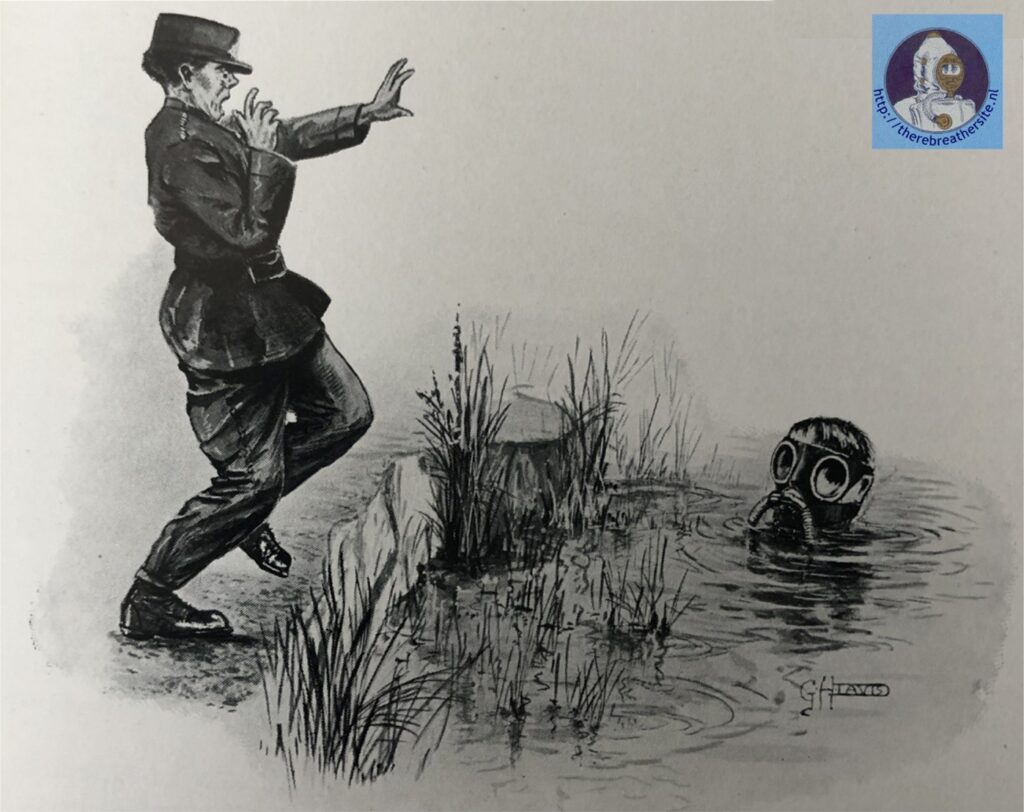
Born in Axford, Wiltshire, Fleuss married Rosabella Fane in 1878 and later patented the first practical self-contained breathing apparatus in the same year. His invention, featuring a rubber mask connected to a breathing bag, supplied approximately 50-60% oxygen from a copper tank, with CO2 scrubbed by rope yarn soaked in caustic potash solution, allowing for about three hours of use. Fleuss tested the apparatus by spending an hour submerged in a water tank and subsequently diving to a depth of 5.5m in open water. Collaborating with Siebe and Gorman, he produced the first viable self-contained oxygen breathing apparatus around 1880, employed notably in the recovery of the Severn Tunnel.
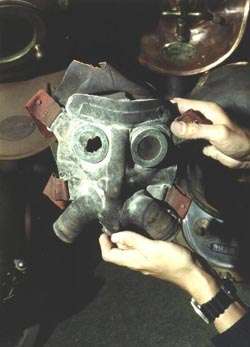
Fleuss dissolved a partnership in 1893 and, by 1901, was residing in Staines as a consulting engineer. In 1911, he lived in Thatcham, Berks, working as a consulting engineer and widower. Before World War I, Fleuss introduced the Fleuss-Davis independent breathing set for hardhat divers, capable of depths up to 66 feet.
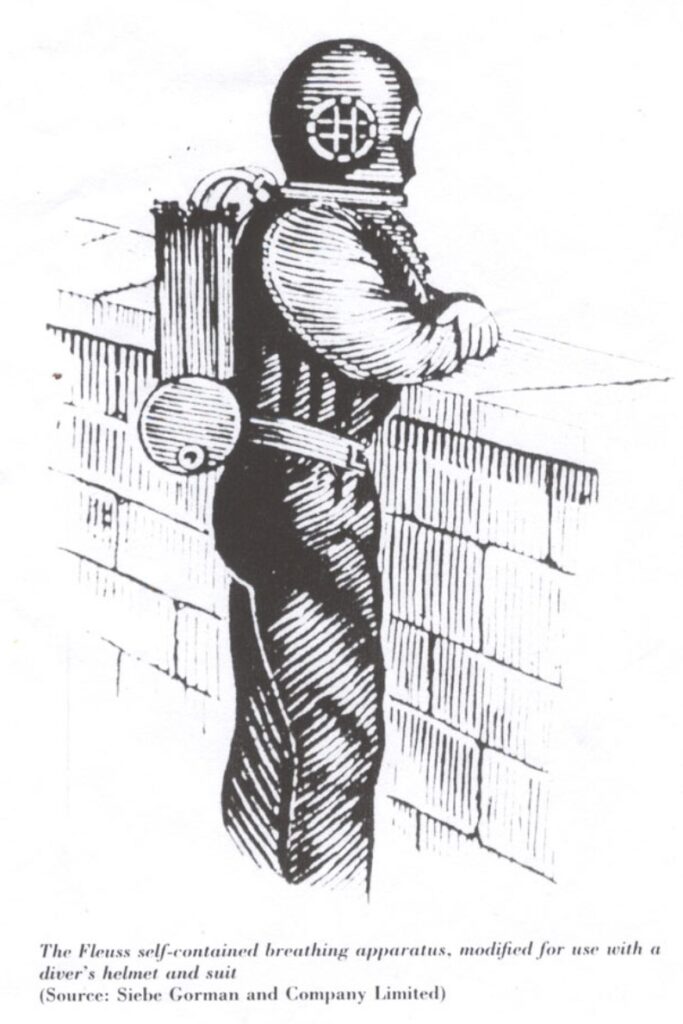
Aside from his contributions to diving, Fleuss invented the Fleuss vacuum pump, a double-action Guericke type pump providing constant suction, and rubber inflatable tires.
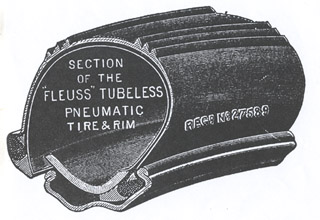
Henry Albert Fleuss, born in Marlborough, Wiltshire, in 1851, embarked on a career at sea at the age of sixteen. Inspired by the cumbersome diving apparatus used by others, he sought a way to make divers independent of the surface, leading to his groundbreaking work in developing the first practical closed-circuit breathing apparatus for mine rescue and diving. Fleuss, a fearless tester of his inventions, contributed significantly to diving history and passed away in 1933, leaving an enduring legacy.
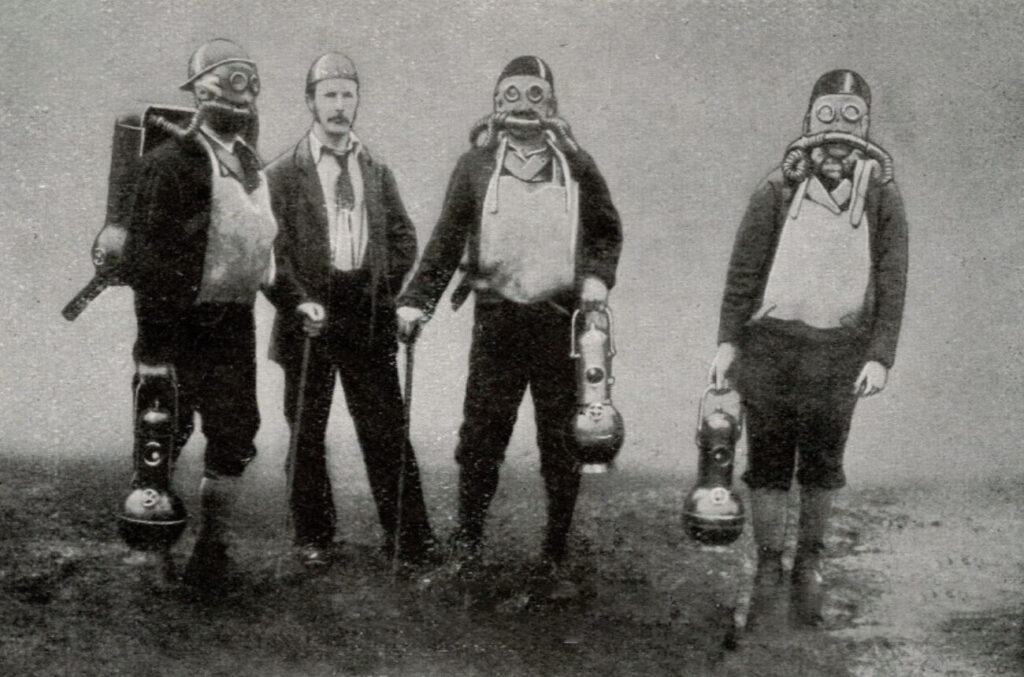
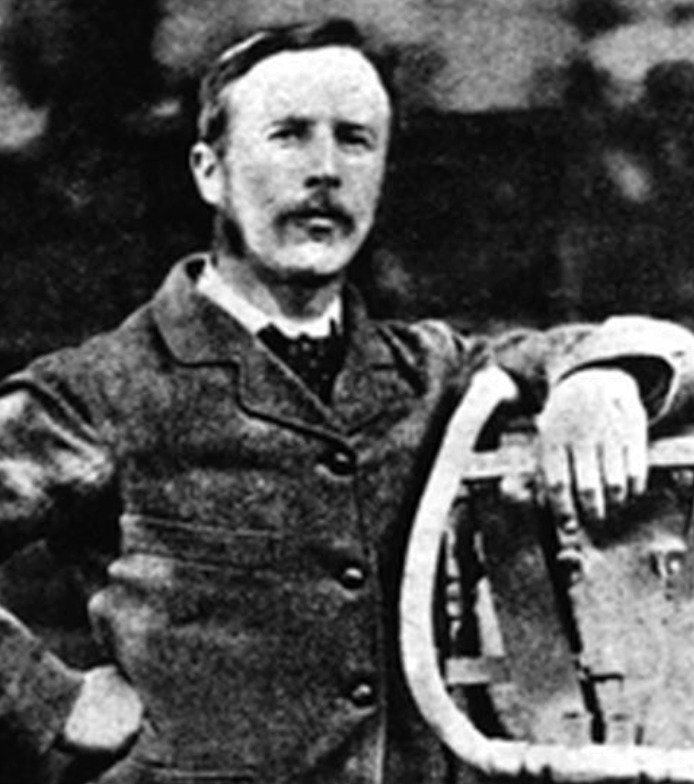
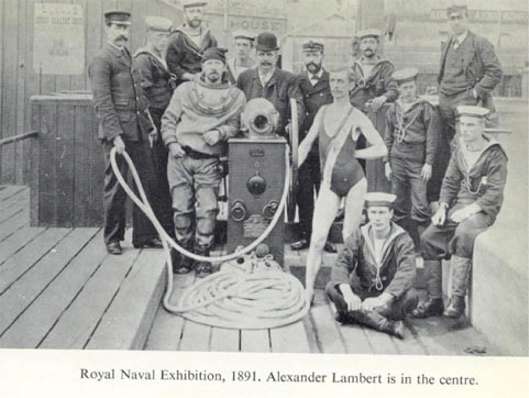
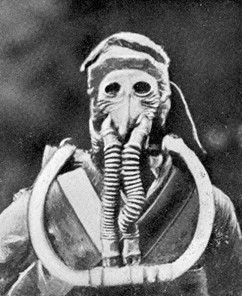
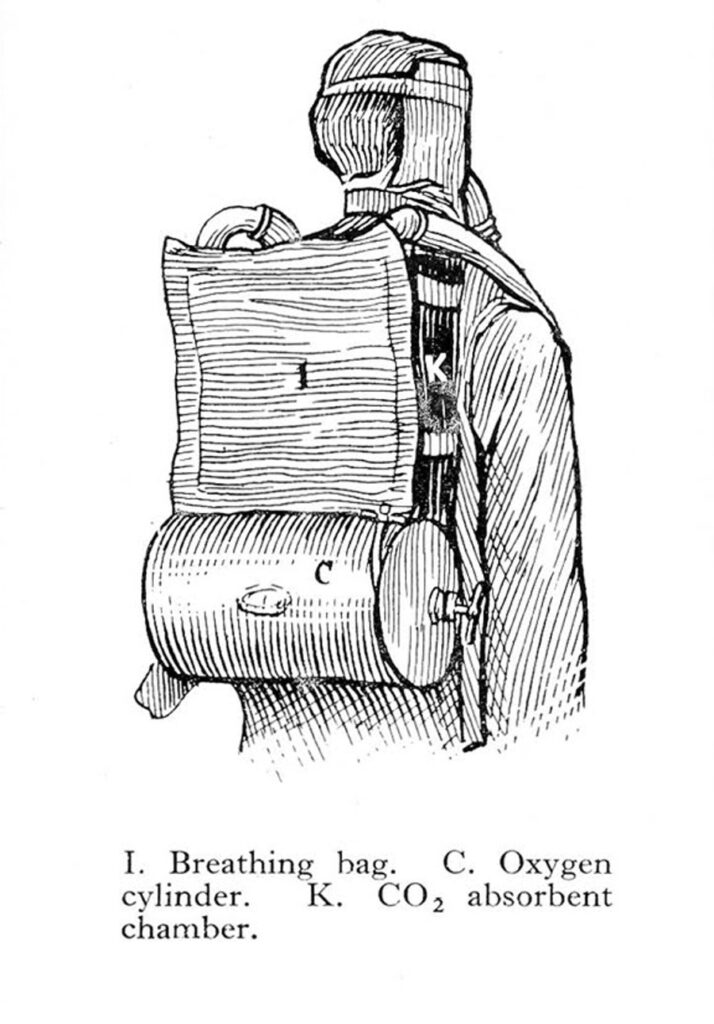
At that time, steel cylinders for very high pressures had not been developed commercially, so Fleuss had to content himself with cylinders of copper, the pressure in which did not exceed 30 atmospheres. His original CO2 absorbent was tow, impregnated with a solution of caustic potash. With this apparatus the wearer fed himself with oxygen from time to time by controlling the cylinder valve.
R. H. Davis later introduced the automatic reducing valve which feeds the oxygen in the correct quantity into the breathing circuit without attention on the part of the user; the emergency by-pass to enable him to supply himself with oxygen in case of failure of the reducing valve; greatly improved CO2 absorbents; steel cylinders for pressures up to 150 atmospheres, and many other improvements in the apparatus generally. Later he designed the reducing valve with injector which drew the gas into the diver’s helmet of the Siebe Gorman Self-Contained Diving Apparatus automatically through the CO2 absorbent chamber and passed it back again into the helmet after purification. A still later arrangement is the combination of reducing valve with injector and emergency mouthpiece, which, in the event of a break-down of the valve and injector, enables the diver to breathe directly into the CO2 absorbent chamber, while he feeds the oxygen into his helmet by controlling the valve of the oxygen cylinder, thus enabling him to return safely to the surface.
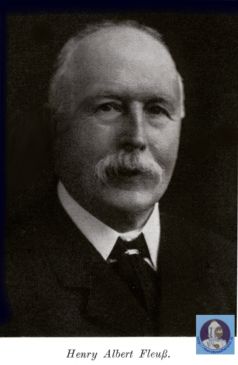
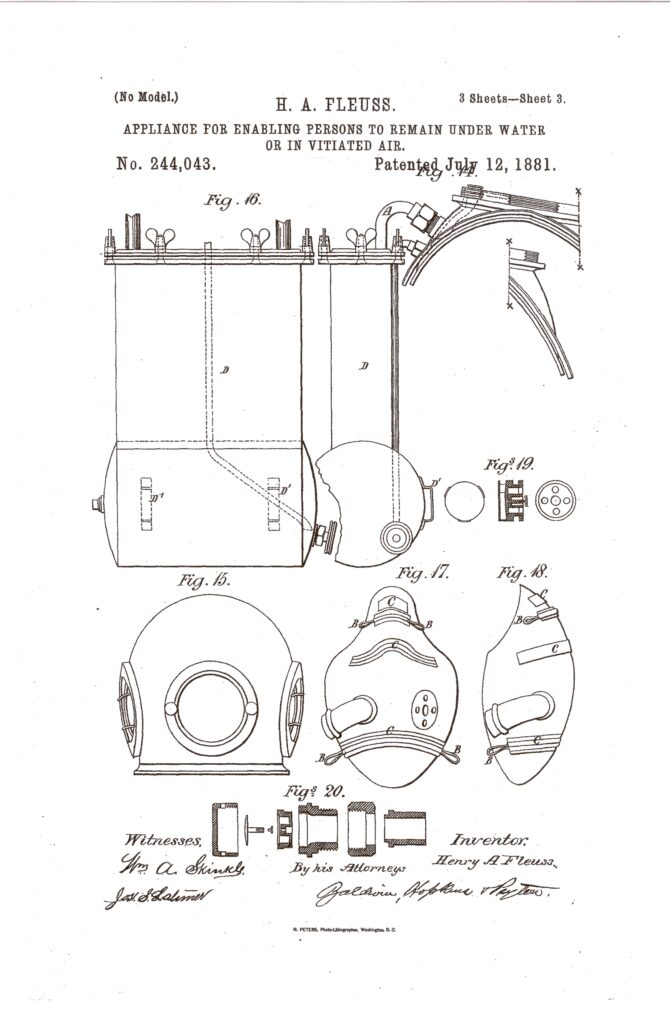

Therebreathersite was founded by Jan Willem Bech in 1999. After a diving career of many years, he decided to start technical diving in 1999. He immediately noticed that at that time there was almost no website that contained the history of closed breathing systems. The start for the website led to a huge collection that offered about 1,300 pages of information until 2019. In 2019, a fresh start was made with the website now freely available online for everyone. Therebreathersite is a source of information for divers, researchers, technicians and students. I hope you enjoy browsing the content!
